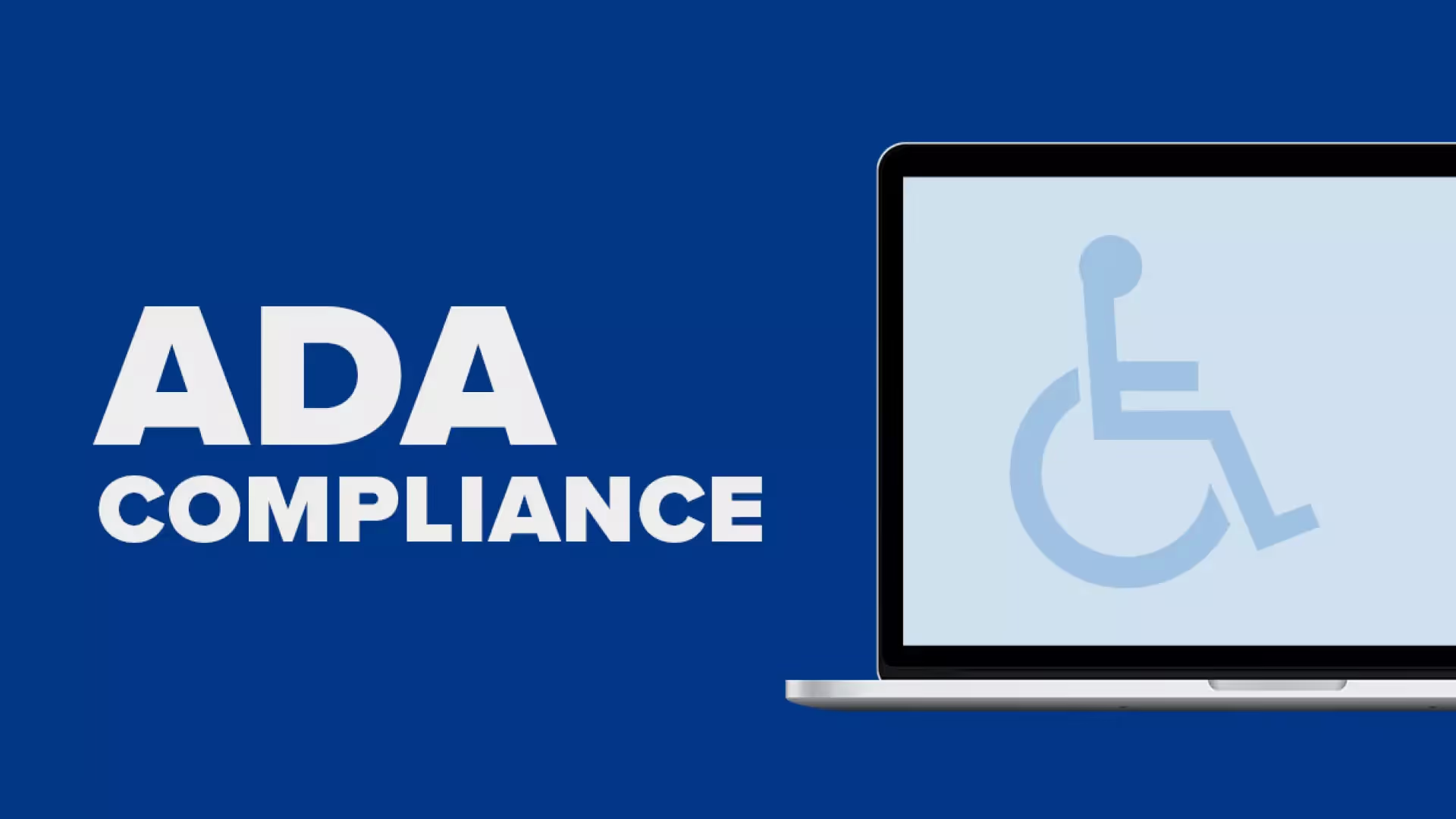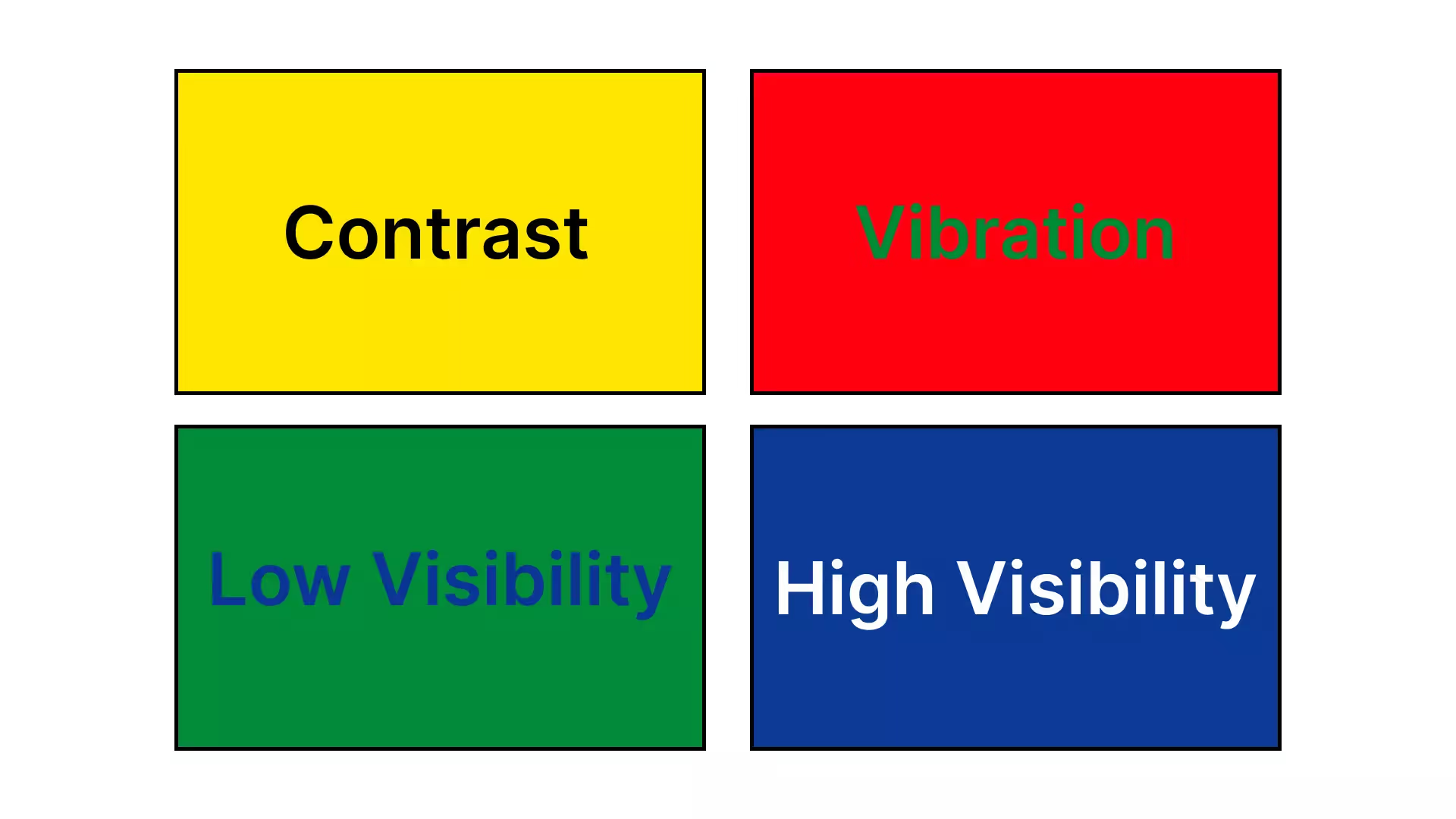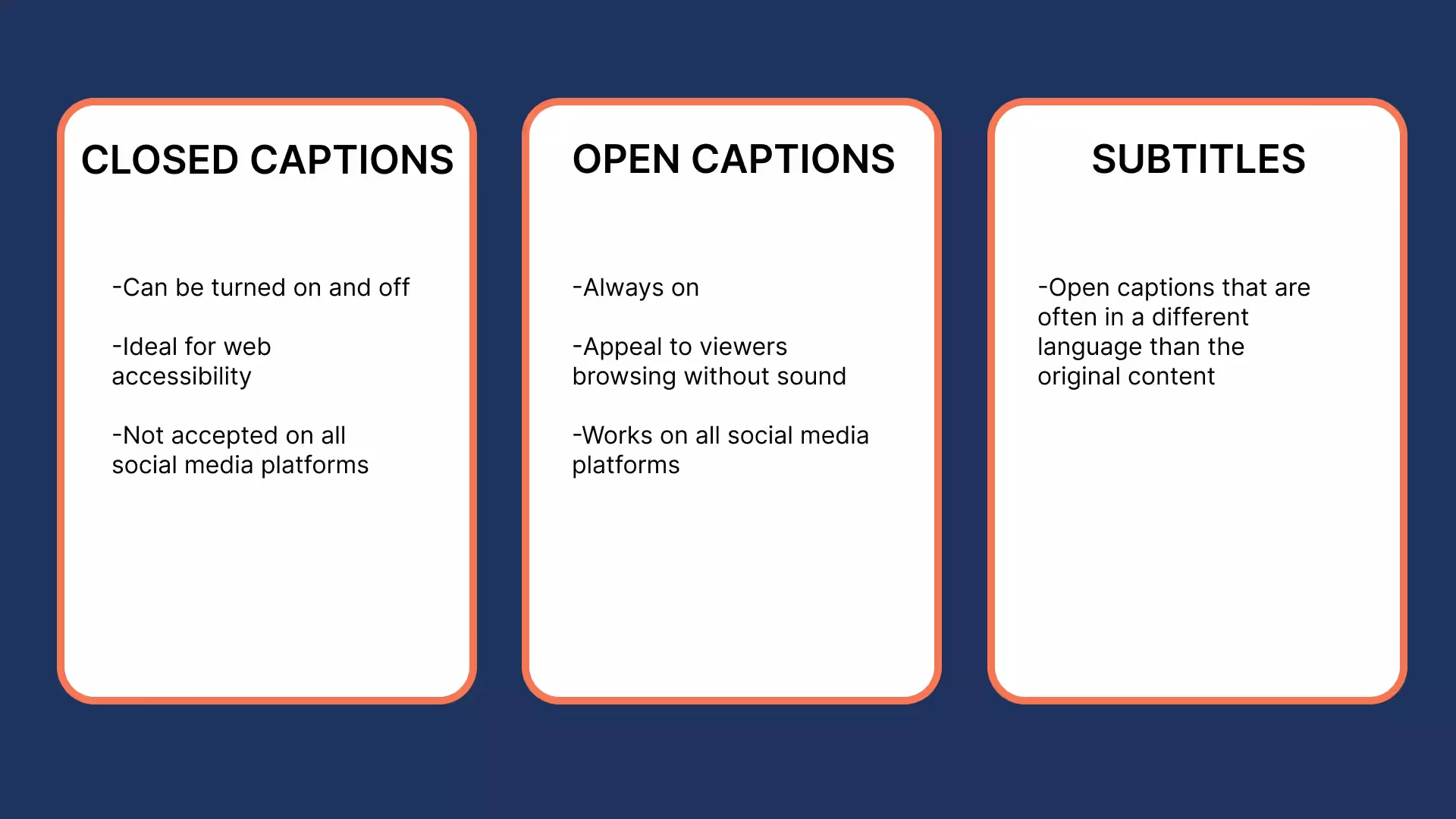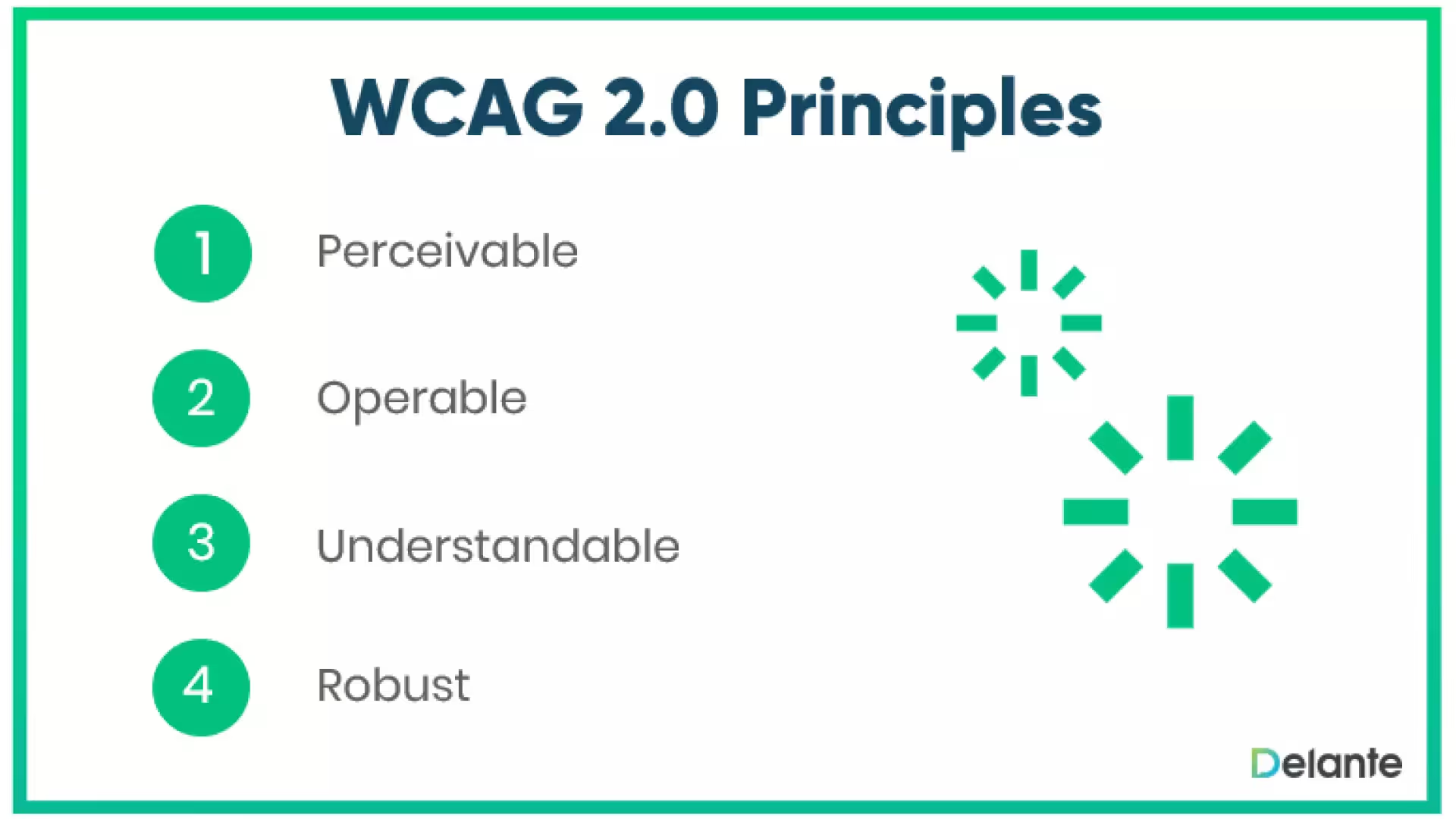Different levels of website ADA compliance

The Americans with Disabilities Act (ADA) was enacted in 1990 to ensure that individuals with disabilities have the same opportunities as everyone else. This includes equal access to websites and digital content. As a web development company, it's important to understand the various levels of ADA compliance and how to make your websites accessible to all users.
There are three levels of website ADA compliance: Level A, Level AA, and Level AAA. Let's take a closer look at each one:
Level A:
Level A compliance is the most basic level of ADA compliance. It includes the minimal requirements for making a website accessible to individuals with disabilities. These requirements are outlined in the Web Content Accessibility Guidelines (WCAG) 2.0, which was developed by the World Wide Web Consortium (W3C).
Here are some examples of Level A compliance:
- Providing alt text for images
- Using headings and lists appropriately
- Ensuring that color contrast is sufficient
- Providing text alternatives for non-text content

Level AA:
Level AA compliance builds upon the requirements of Level A, adding more specific guidelines for making a website accessible to individuals with disabilities. These guidelines are also outlined in the WCAG 2.0.
Here are some examples of Level AA compliance:
- Providing closed captions for videos
- Adding a skip navigation link for users who use screen readers
- Ensuring that form controls are properly labeled
- Providing a way for users to pause, stop, or hide content that auto-updates or auto-refreshes

Level AAA:
Level AAA compliance is the highest level of ADA compliance and includes the most specific and stringent guidelines for making a website accessible to individuals with disabilities. These guidelines are also outlined in the WCAG 2.0.
Here are some examples of Level AAA compliance:
- Providing sign language interpretation for pre-recorded audio-only content
- Ensuring that the website can be navigated using only a keyboard
- Providing alternatives for time-based media
- Ensuring that the website can be accessed and used with assistive technologies, such as screen readers or magnifiers
As a web development company, it's important to understand the different levels of website ADA compliance and strive to make your websites accessible to all users. By following the guidelines outlined in the WCAG 2.0, you can ensure that your websites are inclusive and provide equal access to individuals with disabilities.




